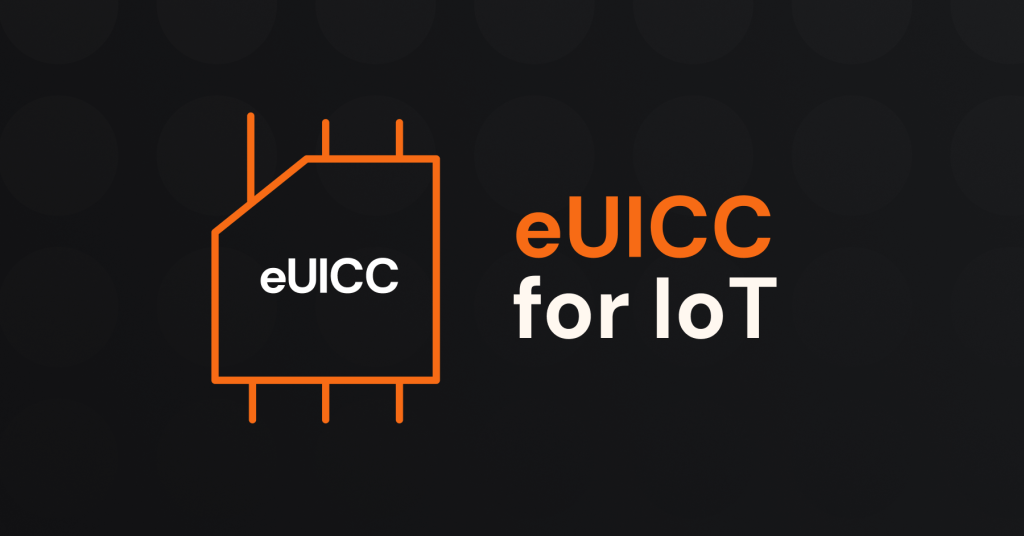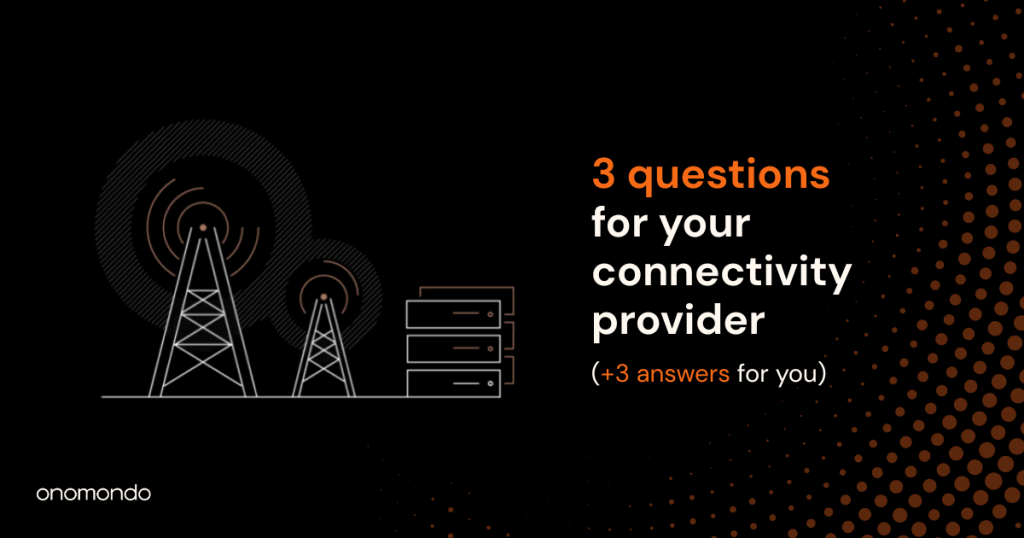Every IoT deployment starts with some questions: Which technology will provide the best results for my project? Am I going to use mobile or stationary IoT devices?
Before you start researching devices or comparing network architectures, however, you must make a fundamental decision about connectivity.
Today’s IoT landscape offers lots of ways to connect your devices. WiFi, LPWAN, satellite, or even a tangle of Ethernet cables can keep the data flowing. Increasingly, however, IoT users are connecting their devices through cellular networks.
Between 2021 and 2022, global cellular IoT connections grew by 27%, significantly outpacing the growth of other connectivity technologies. Certainly, the rise of IoT-specific cellular technologies like LTE-M and NB-IoT is contributing to this expansion. But cellular connectivity is also growing because it’s ideal for many IoT use cases—including some that may seem unexpected.
For example, you might assume that cellular connectivity provides the strongest value for use cases that require mobility: asset tracking, micromobility, fleet management, consumer wearables, and the like.
In fact, cellular connectivity is often the best choice—meaning the most dependable, secure, and cost-effective—for stationary IoT devices, too. Here’s why.
Table of contents
How Cellular IoT Connectivity Works With Static IoT Devices
Regardless of whether your IoT devices travel or stand still, they connect to cellular networks in the same way:
- The device transmits data to a cellular tower via modulated radio waves.
- The cellular tower then transmits the device-generated data to the appropriate external network—usually an IoT cloud platform like IBM Watson IoT, AWS IoT Core, or Microsoft Azure IoT Hub.
- The IoT platform manages traffic to and from the applications that turn your raw IoT data into usable information.
- Data also moves in the opposite direction via the same cellular channels, from your end point back to the device. With the right IoT connectivity platform, you can configure, provision, and update devices over the air.
Mobile network operators (MNOs)—the companies that build, maintain, and manage cellular networks—provide access to network resources through direct contracts. But most IoT deployments require access to multiple networks, so contracting with a single MNO won’t solve the connectivity challenge.
Mobile virtual network operators (MVNOs) provide the solution. These companies provide access to global networks of MNOs through a single platform, reducing costs and simplifying IoT connectivity while boosting security and offering other value-added services.
The right MVNO is an essential partner for massive cellular IoT deployments. In the discussion that follows, we’ll assume you manage that connectivity with a MVNO platform. With that in mind, here are the major benefits and drawbacks of cellular connectivity for static IoT devices.
Cellular Connectivity for Stationary IoT Devices: Pros and Cons
Cellular networks are a mature technology. They provide coverage just about everywhere. This technology is standardized and regulated by industry authorities (3GPP, GSMA) and national communications agencies.
This combination of official support, industry investment, and widespread availability leads to a number of advantages for cellular IoT compared to other means of connectivity. Benefits of cellular IoT connectivity for static devices include:
- More reliable connectivity. The MNOs that run cellular networks invest heavily in network availability. Major cellular networks are pretty dependable. Even when a cellular network fails, MVNO partnerships offer redundancy protection, moving devices from a slow or unresponsive network to a functioning alternative.
- Longer-lived devices. Cellular connections depend on SIM cards, but today’s IoT SIMs can connect with multiple MNOs—and even operate entirely on device software, with no physical SIM chip required. That means no fiddling with connectors and less wear and tear on devices. With remote provisioning and over-the-air updates, cellular connectivity supports no-touch maintenance for your devices, too, so they’ll provide longer service lives—and the total cost of ownership that follows.
- Flexible device placement. Precise monitoring requires precise device location. With cellular connectivity, you can place IoT products just about anywhere. You don’t have to worry about wires or nearby WiFi base stations. Today’s SIM technology is tiny (in the case of a software-based SIM, there’s no footprint whatsoever). That supports smaller and smaller devices, so you can fit sensors just about anywhere.
Of course, cellular connectivity isn’t the best choice for every IoT deployment. Disadvantages of this technology include:
- Potential for signal interference. Cellular signals are radio waves—which is to say they’re made of electromagnetic radiation. Anything that blocks or otherwise disrupts this force can cause connectivity failures, from metal structures to other devices operating on the same bandwidth. That’s not a problem you have with Ethernet cables.
- Lack of network availability. Cellular networks are available just about everywhere. Nearly 90% of the world’s population had access to a 4G mobile network by 2021, and availability has only grown since then. But if you operate in remote regions, cellular connectivity might not always be available.
- Infrastructure vulnerability. Cellular networks rely on physical infrastructure, namely the cell towers and antennae that dot the landscape. Weather events and accidents can knock these towers down, creating a sudden gap in network availability.
As we mentioned above, redundant network availability through a MVNO can help to offset these drawbacks. That helps to explain the growing popularity of cellular connectivity for static IoT devices in a variety of growing use cases.







